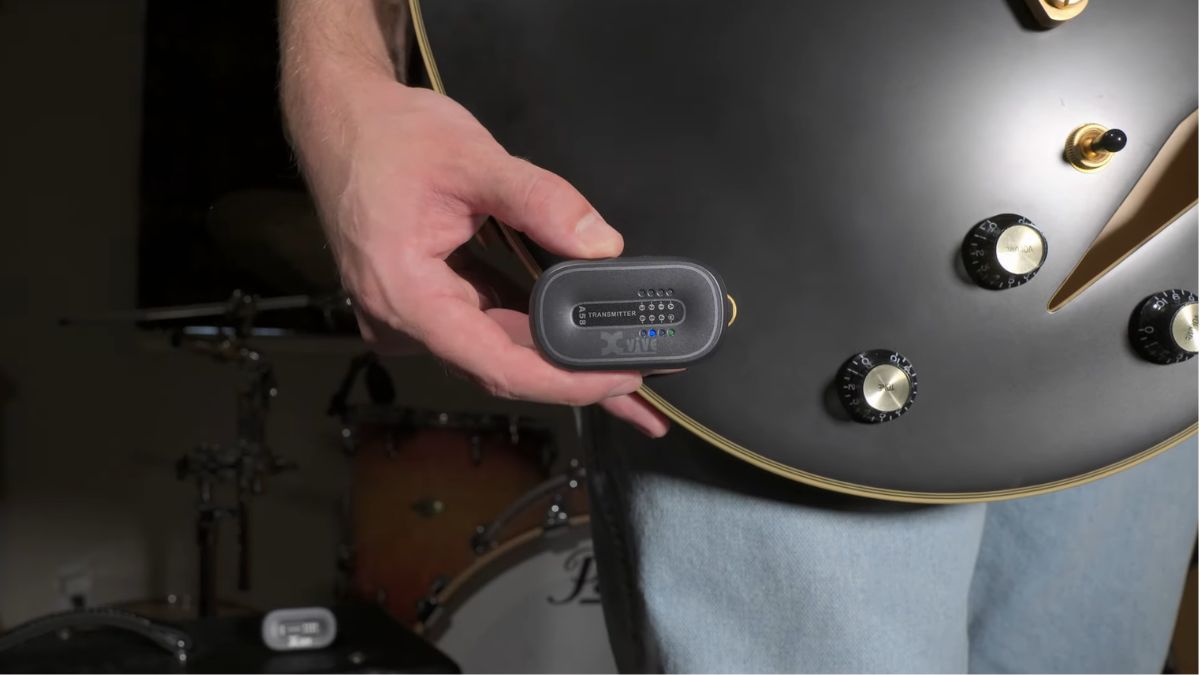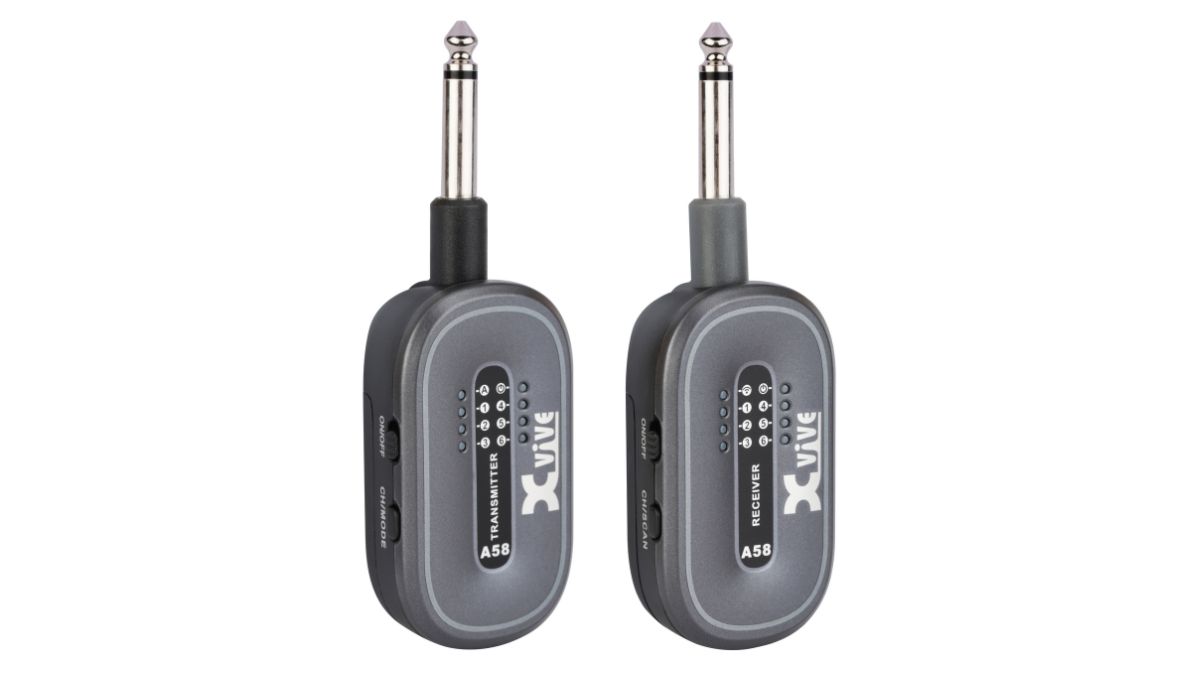“An extra-reliable wireless experience for even the most nomadic of musicians”: Xvive has upgraded its flagship affordable wireless system, so how does it stack up next to challengers from Fender and Positive Grid?
The instrument wireless system market is rapidly expanding and now Xvive has given its flagship product some choice upgrades to help the A58 standout

Amid a recent wave of wireless guitar system releases, Xvive has thrown its hat in the ring with the successor to its fan-favorite U2 system.
You may have noticed that the market for wireless units is currently bubbling over, as the systems have become increasingly accessible to players outside of the stadium circuit.
Positive Grid unveiled its tiny Spark Link system at NAMM 2024, and more recently Fender has made its first entry into the market with the equally compact Telepath as the mainstream market hots up.
For the follow-up to its flagship U2 system, Xvive’s A58 has jumped ship to the less crowded 5.8 GHz band, as opposed to its older brother’s 2.4 GHz operation. That should allow for a cleaner transmission.
Ironically, Fender made the same move which slightly dilutes the “overcrowded” pitch, although it does still represent the minority bandwidth.
The U2’s high-fidelity 24-bit/48 kHz audio, low (5 ms) latency, 20 Hz – 20 kHz frequency response, and five-hour battery life remain and are bolstered by fresh improvements.
Proving again it is on Fender’s wavelength, the A58 offers Passive and Active modes for seamless operation no matter the pickup type, be they vintage single coils or high gain, active humbuckers.
All the latest guitar news, interviews, lessons, reviews, deals and more, direct to your inbox!
Things get interesting with the A58’s true diversity feature, which sees the receiver scanning the available wireless channels – there are six in total – to pinpoint the strongest and most stable.
The scan is said to take “a few seconds”. Once the winning channel has been selected, users simply need to switch the transmitter to the same channel and “enjoy an extra-reliable wireless experience”.
Both the transmitter and receiver will return to the last used channel on startup.
Further improvements see the wireless range expanding from 70 to 100 feet to “satisfy even the most nomadic of musicians.”
The input for charging is now the modern standard USB-C, with a 2.5-hour charge providing double the playtime.
It is, however, overshadowed by Fender’s eight hours of power from a two-hour charge and the Spark Link’s six hours of power. All three units take USB-C connections.

Its battery compartment is now openable, meaning its onboard rechargeable lithium-ion battery can be easily serviced and repaired, giving the device greater longevity.
Like the Fender and Positive Grid alternatives, the A58 also has a hinged input jack, meaning it can easily fit any electric, acoustic, and bass guitars.
The Xvive A58 comes in at $149, making it the mid-priced option. The Spark Link is the cheapest at $129, and the Fender Telepath is the priciest at $199.99.
For more information, head to Xvive.
A freelance writer with a penchant for music that gets weird, Phil is a regular contributor to Prog, Guitar World, and Total Guitar magazines and is especially keen on shining a light on unknown artists. Outside of the journalism realm, you can find him writing angular riffs in progressive metal band, Prognosis, in which he slings an 8-string Strandberg Boden Original, churning that low string through a variety of tunings. He's also a published author and is currently penning his debut novel which chucks fantasy, mythology and humanity into a great big melting pot.


